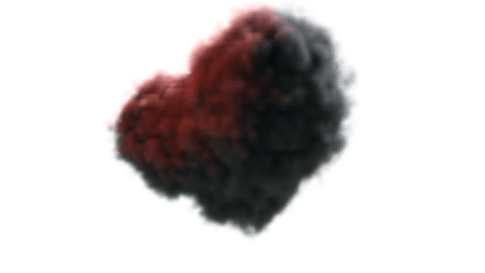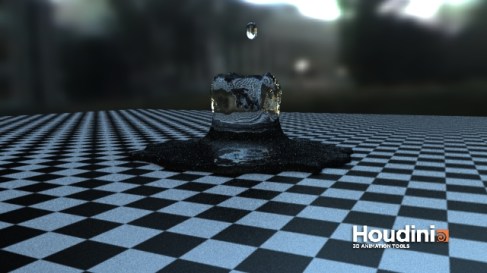I had a great time at the Full Indie Summit in Vancouver and wanted to share my quick notes/thoughts.
Effective Audio in Game Design – Kevin Regamey (Power Up Audio)
Kevin was one of the most charismatic speakers. The talk focused on audio designers answering the question of how audio enhances game design. The quotes were good and covered many genres. Kevin was a entertaining speaker and is well connected. Game recommendations was Thumper which I will have to check out.
Beyond the Zombie Shooter: Unexplored possibilities in VR – Kayla Kinnunen
This was more of an inspirational talk on the possibilities of doing things in VR and how it is so new. I liked the description of where we are on the timeline in VR right now. The talk was a good call to action to do more than a zombie shooter. Several great examples of games that are doing more now.
Firewatch: Design Constraints in Narrative Exploration Games
The designer usually worked on complex systems before Firewatch. For this game he ended up exploring the issues of open world narrative design. Some interesting discussion on dialogue systems and a lot of discussion of player agency. Good coverage of handling the impact that the player has on the world.
Smooth as the Titanic: What scuttled Brigador’s Launch? – Hugh Monahan
This was my least favorite talk of the conference. This was a reality check kind of talk. Sharing an honest and humble evaluation of mistakes made was still good. Seeing that they’re still pushing to improve helped the talk. Sharing the list of their planned improvements was good.
Let’s get physical – Lessons from the real world – Zach Gage
Interesting fast prototyping with real world things like cards and dice. I liked one of his comparisons between the number of apps available and the number of traditional card games. This talk had a great breakdown on designs with simple tools.
Behind the Scenes: Making Mixed Reality Trailers – Kert GartnerThis talk focused on what goes behind the creation of mixed reality trailers. It highlighted creative solutions for in engine cameras to help with generating marketing material.
Take a Walk(ing Sim) on the Weird Side: a guide to #altgames and you – Claris Cyarron
This was great exposure for me to an area of gaming that I’m not all that familiar with. Dealing with more adult and also alternative lifestyle and culture games.
What’s going on in the Hardware Game Scene – Robin Baumgarten
I was a bit late for this talk but what I did see was pretty awesome. This was entertaining and a different type of creation than I’ve seen. The opportunities with hardware design and gaming are amazing. Way more accessible now than ever before (3d printing, custom boards etc.).
The sidestep or How to skip the things that don’t work – Steve Swink
This talk was great. I would have called it “An autodidact journey to make better quality games”. The talk focused on methods for practicing to get better at things. Applying scientific studies on learning to breaking down other’s designs was wonderful. This resonated with me and I will be applying the principles. I recommend this talk and it also has a reading list.
Making Games in Four Spatial Dimensions – Marc ten Bosch
Visually fascinating. It was great to see math brought into a game design in an accessible way. I am not sure how much extra depth is in the experience beyond the talk. I think I’m going to have to play this one to see the depth of the experience. And re watch the talk after playing.
What Makes an Indie Hit? How to Choose the Right Design – Ryan Clark
This talk seemed to be an applied example of Steve Swink’s recommendations on what happened to the Brigador team. This talk covered a great list of making sure your design has hooks that stand out and follow current market trends. The message here was much more positive than the Brigadors one with good examples. Learning from failure is important but so is studying trends of success. Avoiding what happened on Brigador.
Summary
The conference setup was great. Demos setup after the conference let you see what the local community was up to and included the hardware games. The sense of community was amazing.





